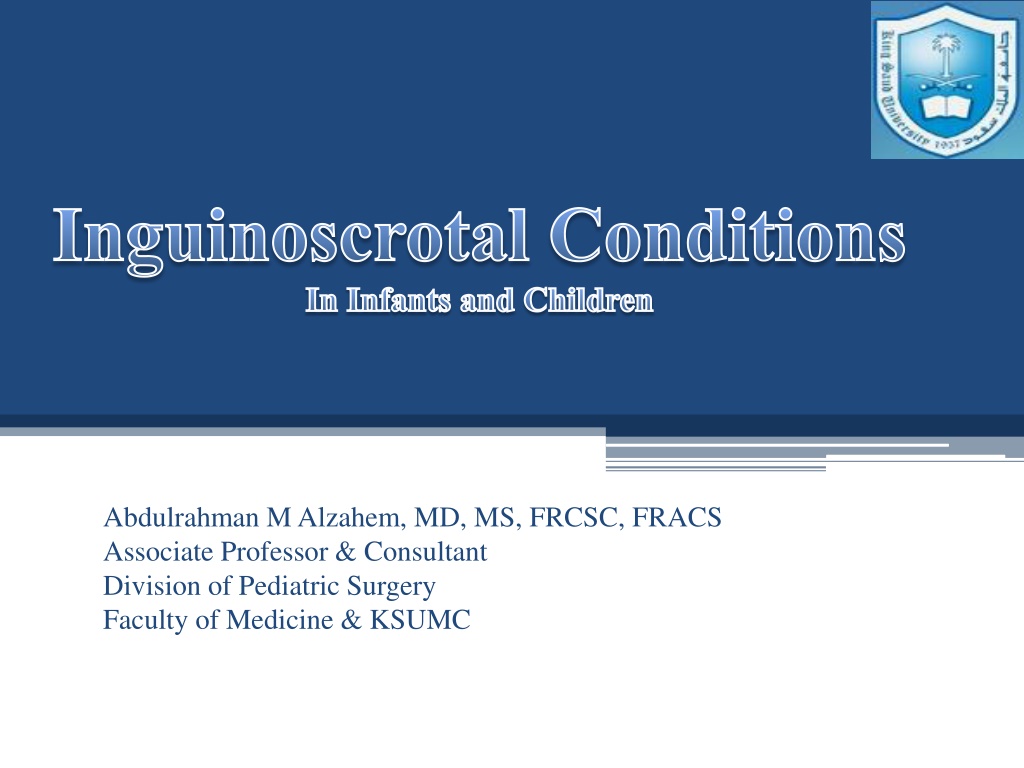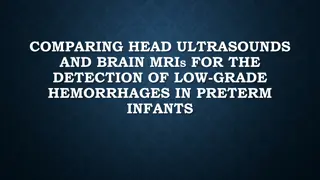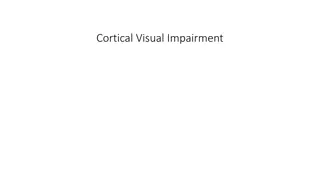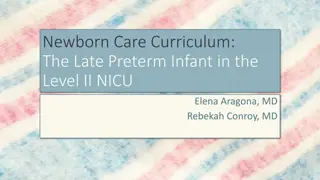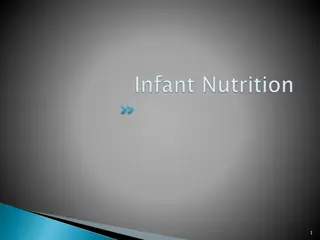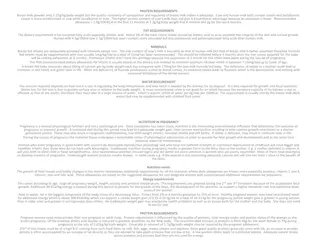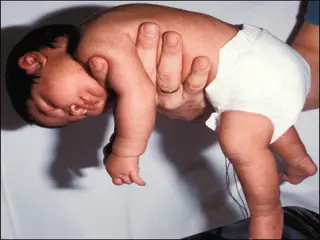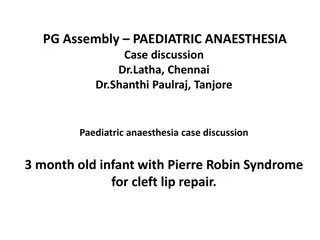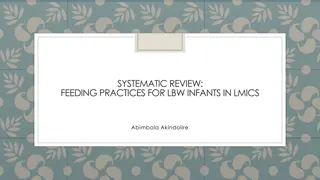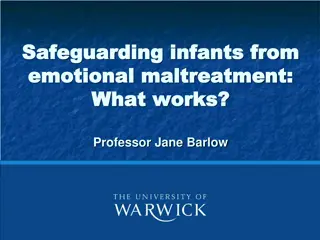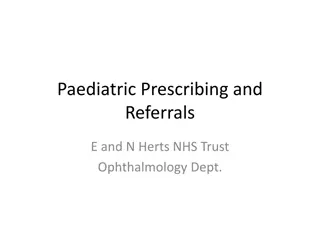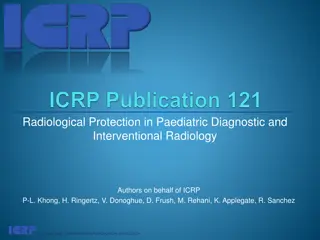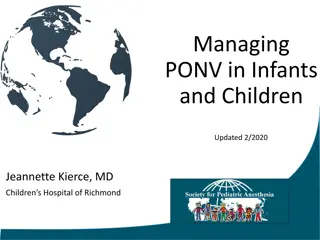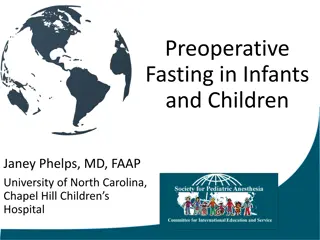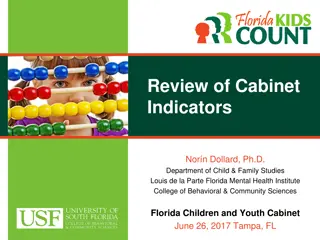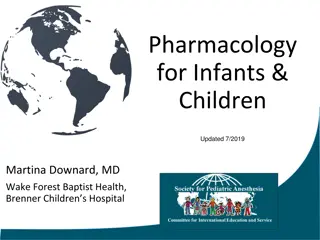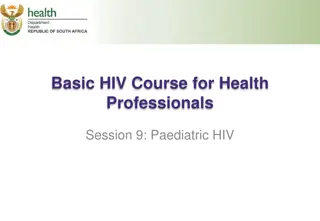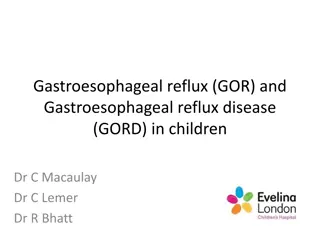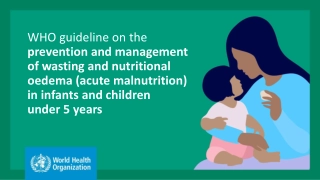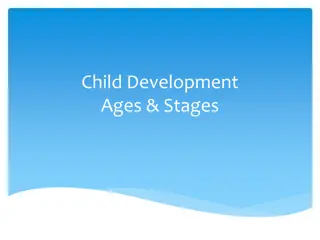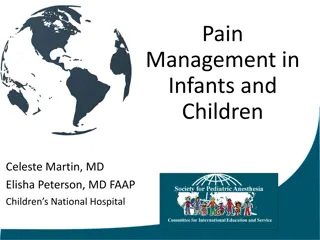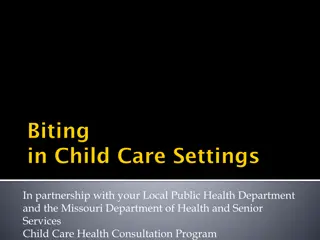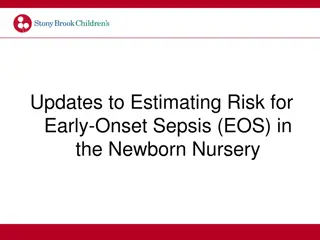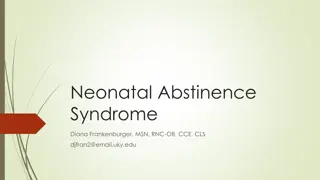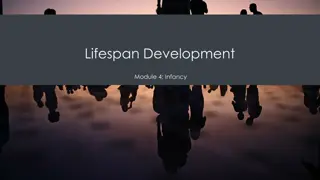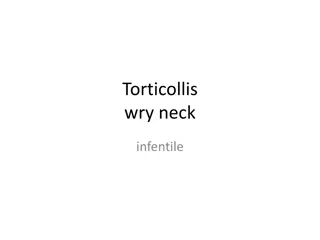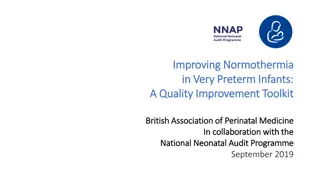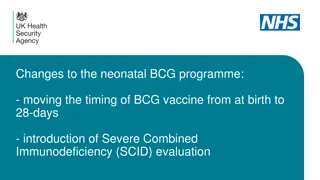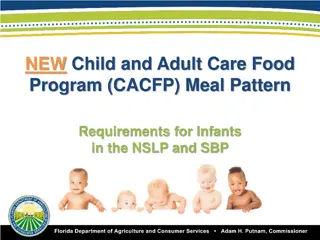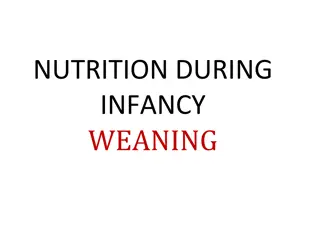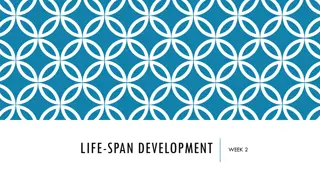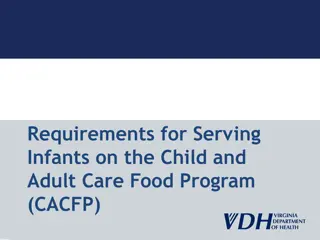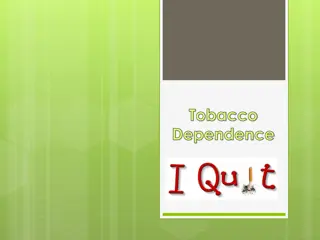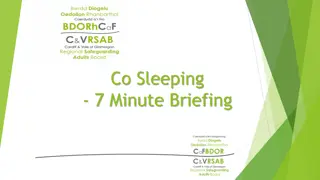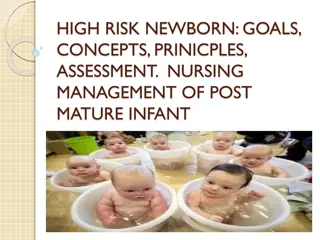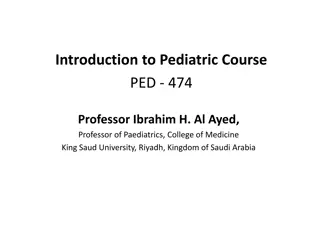Inguinoscrotal Conditions in Infants and Children - Overview
This informative article discusses inguinoscrotal conditions in infants and children, including inguinal hernia, hydrocele, undescended testis, and acute scrotum. It covers the pathology, embryology, anatomy, prevalence, associated conditions, history, and examination related to these conditions. The content also includes images illustrating the concepts discussed.
Download Presentation

Please find below an Image/Link to download the presentation.
The content on the website is provided AS IS for your information and personal use only. It may not be sold, licensed, or shared on other websites without obtaining consent from the author. Download presentation by click this link. If you encounter any issues during the download, it is possible that the publisher has removed the file from their server.
E N D
Presentation Transcript
Inguinoscrotal Conditions In Infants and Children Abdulrahman M Alzahem, MD, MS, FRCSC, FRACS Associate Professor & Consultant Division of Pediatric Surgery Faculty of Medicine & KSUMC
Inguinoscrotal Pathology Inguinal Hernia Hydrocele Undescended Testis Acute Scrotum
Groin Hernias Embryology & Anatomy The processus vaginalis is present in the developing fetus at 12 weeks in utero The processus is a peritoneal diverticulum that extends through the external inguinal ring As the testis descends at the 7th to 8th months, a portion of the processus attaches to the testis, as it exits the abdomen and is dragged into the scrotum with the testis
Inguinal Hernia Inguinal hernia? Or Hydrocele? Congenital (PPV) Prevalence (1-5% boys) Premature (35%) Male/Female (9:1) Indirect (99%) R > L
Associated Conditions Inguinal Hernia Cystic Fibrosis Connective tissue disorders Ehlers-Danlos syndrome Hunter-Hurler syndrome Developmental dysplasia of the hip (DDH) Chronic peritoneal dialysis Preterm infants with intraventricular hemorrhage Myelomeningocele with VP-shunt Undescended testis
Inguinal Hernia History Intermittent groin swelling Asymptomatic until get complicated In girls, lump in upper part of labia majora Examination Examine the testes Reducibility Thickened spermatic cord*
Complicated Inguinal Hernia Incarcerated hernia: - Irreducible swelling - No evidence of bowel obstruction or strangulation Obstructed hernia: - Irreducible swelling - Symptoms and signs of bowel obstruction (bilious vomiting, abdominal distention, constipation) Strangulated hernia: - Irreducible swelling - Symptoms and signs of strangulation (severe groin pain, fever, tachycardia, skin discoloration of the groin)
Inguinal Hernia Management: Herniotomy (as soon as it is feasible) Incarcerated hernia +/-Sedation and analgesia Manual Reduction Urgent herniotomy Strangulated hernia Emergent herniotomy +/- bowel resection
Hydrocele History: Scrotal swelling Asymptomatic 1% over one year of age Examination: Get above the swelling Not reducible (most accurate) Transilluminates Management: Surgery not advised < 2 years of age Ligation of PPV
Descent of Testis 2 Phases 10-15th week: the gubernaculum enlarges to anchor the testis near the inguinal region as the embryo enlarges 28-35th week: the gubernaculum migrates out of the inguinal canal across the pubic region and into the scrotum The processus vaginalis develops as a peritoneal diverticulum within the elongating gubernaculum, creating an intraperitoneal space into which the testis can descend
Undescended Testis Palpable 80% Definitions: True undescended testis Ectopic Retractile Incidence: At birth: 3-4% At one year: 1% Pre-term: 30% Non palpable 20%
Undescended Testis Diagnosis: Parents/Doctors Clinical features Empty scrotum Palpable or not Milk it down to scrotum Imaging? (limited role) Laparoscopy Diagnostic Therapeutic
Undescended Testis Indications: Abnormal fertility Testicular tumor Cosmetic/Social Trauma/Torsion Treatment (6 months): Palpable - open orchiopexy Nonpalpable - Laparoscopy assisted orchiopexy Two stages Fowler- Stephens orchiopexy
Acute Scrotum Introduction: Acutely painful +/- swollen +/- red scrotum Pediatric surgical emergency!!! Causes: Testicular Torsion Torsion of Appendage(s) (prepubertal*) Epididymo-orchitis (postpubertal*) Idiopathic Scrotal Edema Other conditions e.g. Incarcerated hernia, Acute hydrocele, HSP, Trauma
Testicular Torsion Introduction: Incidence: 1:4000 Two peaks: peripubertal and perinatal Symptoms: Lower abdominal pain and vomiting Hemiscrotal pain Swollen red hemiscrotum Signs: Tender Cremasteric reflex- absent (most specific) Lies higher than contralateral testis Horizontal in position
Duration of Torsion and Testicular Salvage Duration of Torsion (Hours) Testicular Salvage (%) < 6 85-97 6-12 55-85 12-24 20-80 >24 <10
Testicular Torsion Investigations: Color Doppler US Radionuclide Scan Management: Timing is critical 4 - 6 hours Exploration if any doubt Untwist (open book) and assess viability Fix the other side If more than 12 hours, it is likely to be non-viable and may need orchiectomy
Torsion of Appendage(s) Introduction: Embryological remnants of the mesonephric and mullerian duct system occur as tiny (2-10mm long) appendages of testis Appendix testis (hydatid of Morgagni), appendix epididymis etc Peak age: 10-12 yrs Presentation: pain more gradual onset Blue dot sign Swollen red hemiscrotum Color Doppler scan Management: Conservative or operative if torsion cannot be excluded
Idiopathic Scrotal Edema Introduction: Cause? Peak age: 4-5 yrs Presentation: Swollen, red scrotum Minimal pain Management: Conservative, self limiting within 1-2 days
